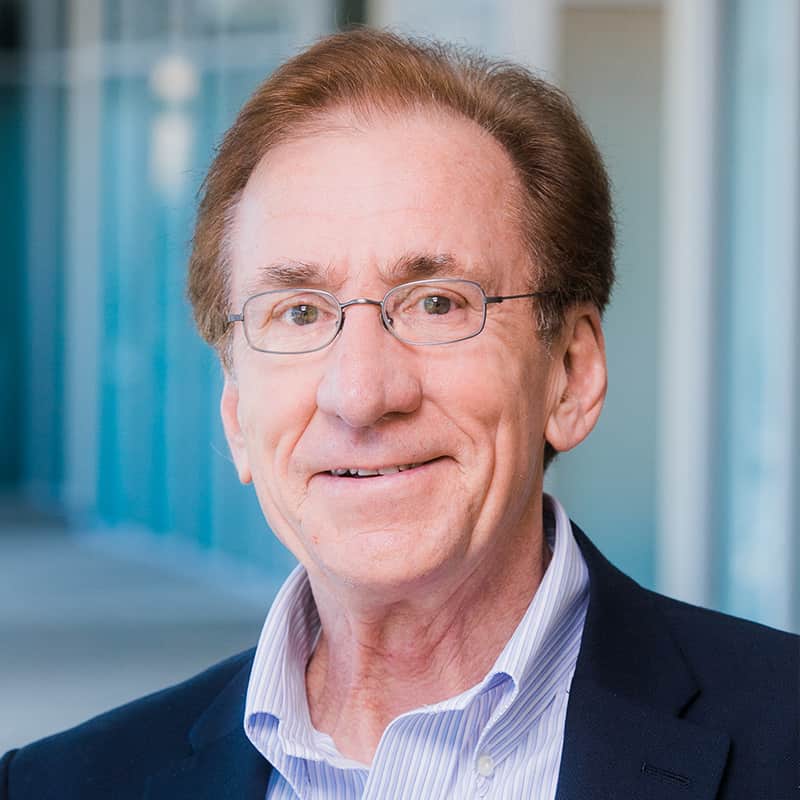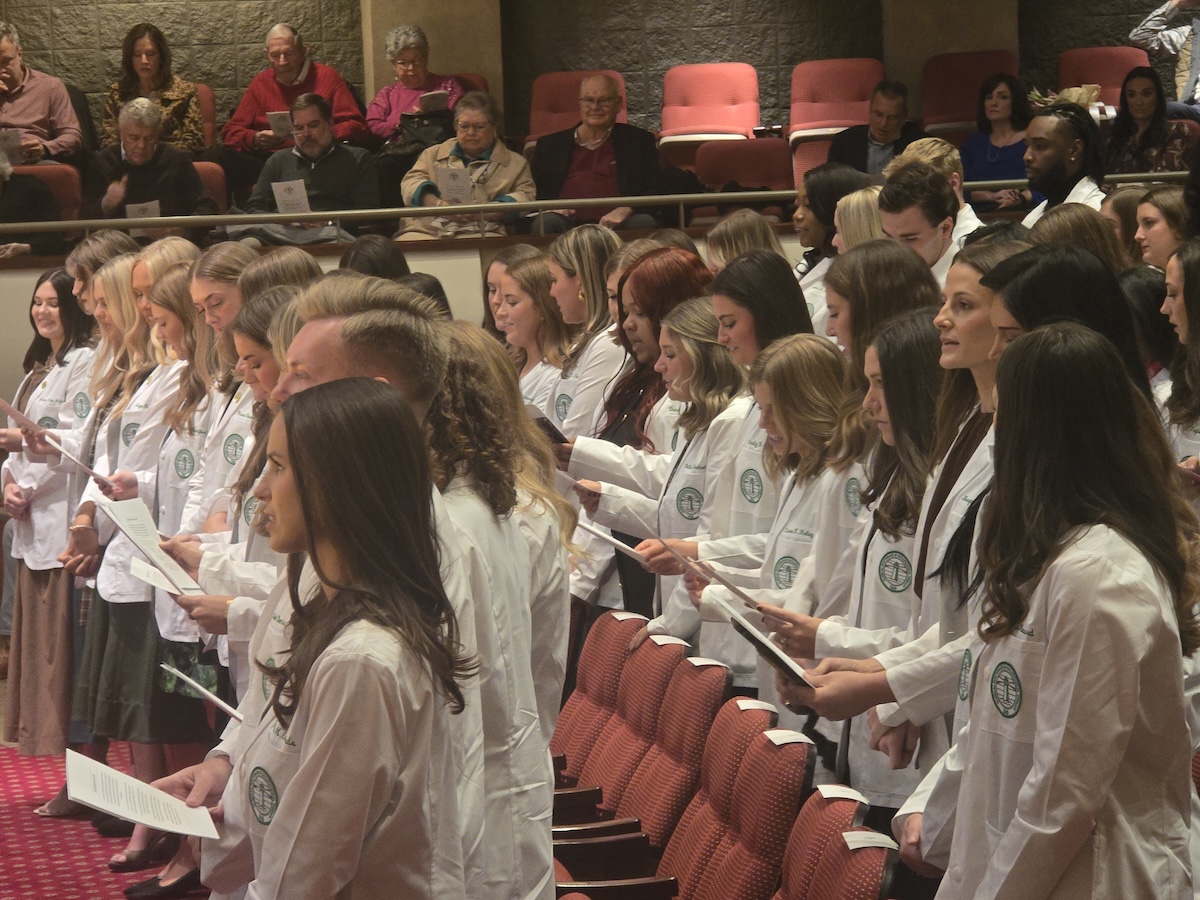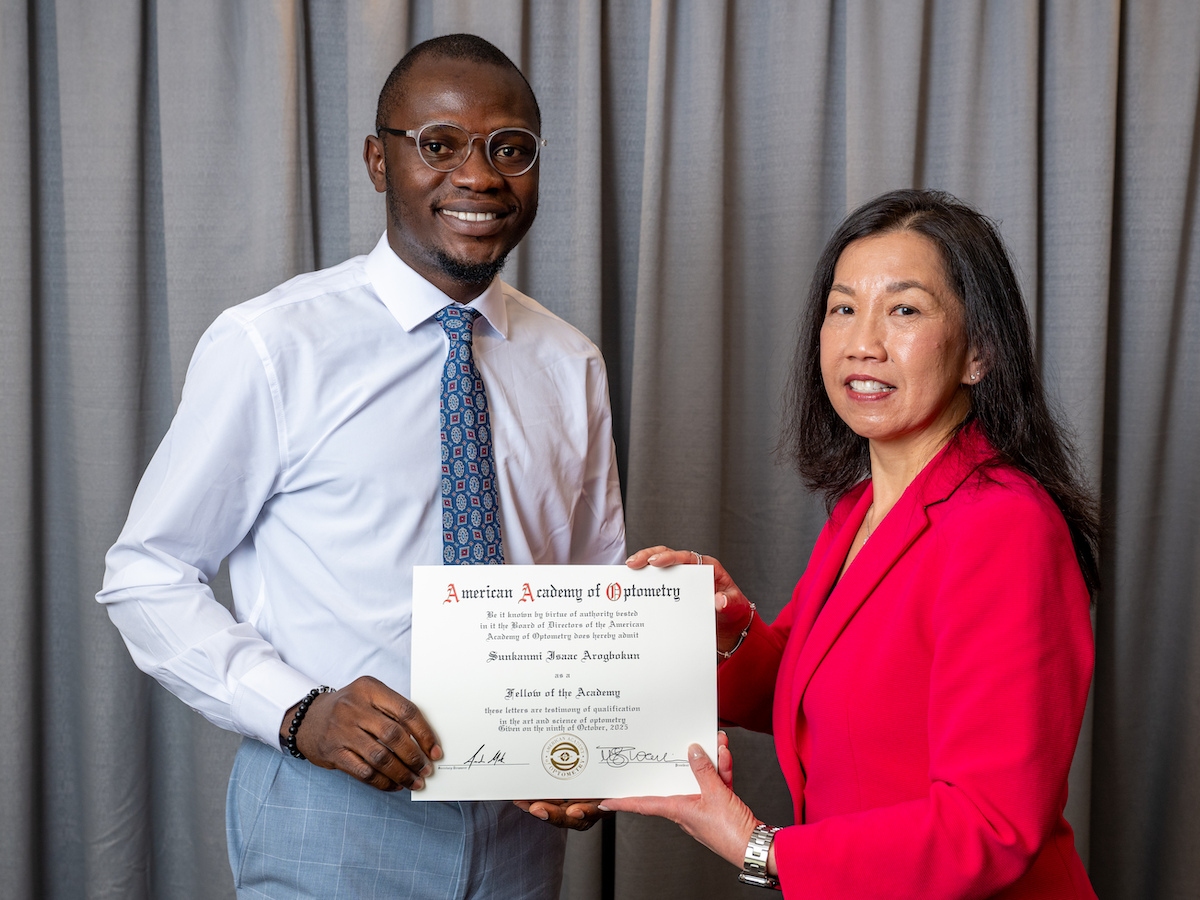Director's Notes

James Rimmer, CEDHARS Director
Before the mid-1970s, most children with disabilities were educated in “special” schools for “special” children. The word in itself was offensive to parents and children who didn’t want to be labeled special; all they wanted was to be accepted. Sadly, children with disabilities would “graduate” from a school system completely void of any social contact with their so-called peers, and significantly underprepared to enter college, let alone the workforce. Many returned home to live with their parents for much of their adult life.
Sally Field’s performance in the movie “Forrest Gump” showed how challenging it was to get a “special” child into the local public school, having to offer a quid pro quo – i.e., tryst – with an older, sleazy principal so that Forrest could be admitted into the school. Riva Lehrer’s story in “Golem Girl,” a woman with spina bifida who attended a segregated school in the 1960s, described her experience this way:
“Our bus was painted with CONDON SCHOOL in big block letters, so we were always 100 percent visible as we made the rounds. Certain blocks were best traveled with our heads ducked below the window line. The projectiles might be rocks, or water balloons, or eggs. The splattering of yellow yolks on a yellow bus leaves it buboed and swollen, a plague bus carrying an infectious cargo. If I was stupid enough to tell anyone where I went to school, they’d look puzzled and say, ‘But you don’t seem... uh...’ The R-word wasn’t forbidden; strangers just didn’t seem to know how to rate my ‘intelligence.’”
Thankfully, in 1975 the federal government passed legislation requiring all children with disabilities the right to a free and appropriate public education. This ended the era of segregation for students with disabilities – separate but equal was no longer acceptable.
The federal law, P.L. 94-142, built the backbone of integration for children with disabilities. Unfortunately, as with most pieces of legislation, it didn’t go far enough. Early reports described children with disabilities being mainstreamed into public schools, but all that meant was that they were under the same roof with other children from the neighborhood.
Mainstreaming seemed to solve one problem but created another. Children were still being excluded. But this time parents weren’t going to wait another 50 years for things to change. They decided what was best for their child, not the school district, and demanded that their loved ones be included in the same classrooms, programs, gym classes, after-school activities, overnight trips, visits to museums, etc., as any other student in that school.
As we continue to expand diversity, equity and inclusion in higher ed, let’s not forget the generation of parents who wrote the ‘playbook’ of inclusion in elementary and secondary education several decades ago.

